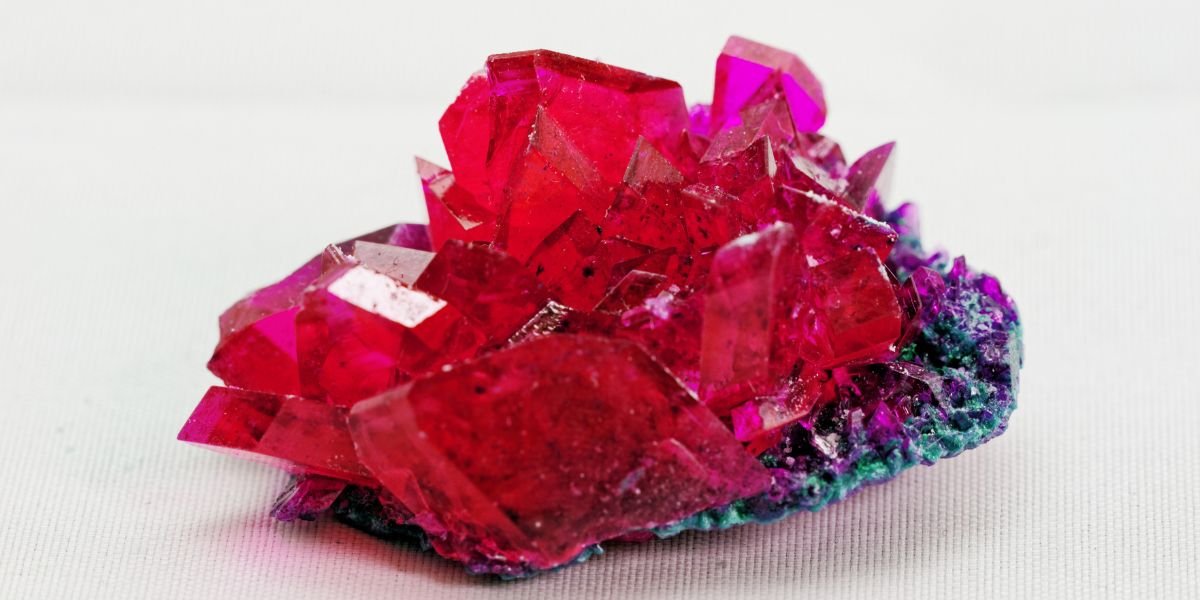
When considering crystals for your school geology project, it's crucial to pick specimens that not only captivate but also educate. Quartz, amethyst, pyrite, calcite, fluorite, and garnet crystals each bring unique qualities to the table. Their distinct colors, properties, and structures can elevate the learning experience for students. By carefully selecting the right crystals, you can create a project that is not only visually stunning but also enriching in terms of geological knowledge.
Benefits of Using Crystals in Projects
When conducting school geology projects, utilizing crystals can enhance the visual appeal and educational value of your work. By incorporating crystals into your projects, you bring a unique and eye-catching element that captures the attention of your audience. The vibrant colors and intricate shapes of crystals create an engaging experience, making learning about geology more exciting and memorable for both you and your classmates.
Crystals also provide a hands-on learning opportunity, allowing you to explore concepts such as crystal formation, mineral identification, and geological processes in a tangible way. By studying crystals up close, you can observe their distinct properties and understand how they form in different geological environments. This hands-on approach not only deepens your understanding of geology but also hones your observational skills and scientific knowledge.
Furthermore, using crystals in your projects encourages creativity and critical thinking. You can experiment with different display methods, create visually appealing arrangements, and develop unique ways to present information. This creative process not only makes your projects more engaging but also fosters your artistic and problem-solving abilities.
Top Crystal Choices for Display
To create an eye-catching display, consider showcasing the following top crystal choices for your school geology project. Quartz crystals are a popular choice due to their clarity and variety of colors, ranging from clear to pink to smoky. Amethyst crystals, with their stunning purple hues, can add a touch of elegance to your display.
For those looking to include a bit of sparkle, consider using pyrite crystals known for their metallic luster. Another excellent option is calcite crystals, which come in various colors and can exhibit fascinating optical properties.
If you want to add a pop of color to your project, fluorite crystals are a great choice due to their vibrant hues ranging from green to purple to blue. Additionally, garnet crystals, with their deep red tones, can bring a rich and captivating element to your display.
Lastly, for a unique touch, you may want to consider including geodes, which are hollow rocks lined with crystals that can add a fascinating aspect to your overall presentation.
Factors to Consider When Selecting Crystals
Consider evaluating the physical characteristics and metaphysical properties of crystals to make an informed choice for your school geology project. When selecting crystals, pay attention to their color, shape, size, and clarity. These physical attributes can enhance the visual appeal of your project and make it more engaging for viewers.
Additionally, consider the hardness of the crystals as this can impact their durability and how well they withstand handling during presentations.
Metaphysical properties are also important to consider when choosing crystals for your project. Different crystals are believed to possess various energies and healing properties. Researching the metaphysical meanings associated with crystals can add an interesting dimension to your presentation and create a deeper connection with your audience.
Tips for Presenting Crystals Effectively
To captivate your audience with your school geology project, ensure that your crystal presentation is engaging and informative. Start by organizing your crystals in a visually appealing way, perhaps arranging them by type, color, or size. This organization will help your audience understand the diversity of crystals you're presenting.
When explaining each crystal, provide interesting facts about its formation, properties, and common uses. Consider creating visual aids such as posters, diagrams, or slideshows to supplement your verbal explanations. These visuals can enhance the audience's understanding and make your presentation more dynamic.
Practice your presentation beforehand to ensure you can speak confidently and knowledgeably about each crystal. Engage your audience by asking questions, encouraging participation, and inviting them to touch or examine the crystals up close. Conclude your presentation with a summary of key points and open the floor for any questions.




